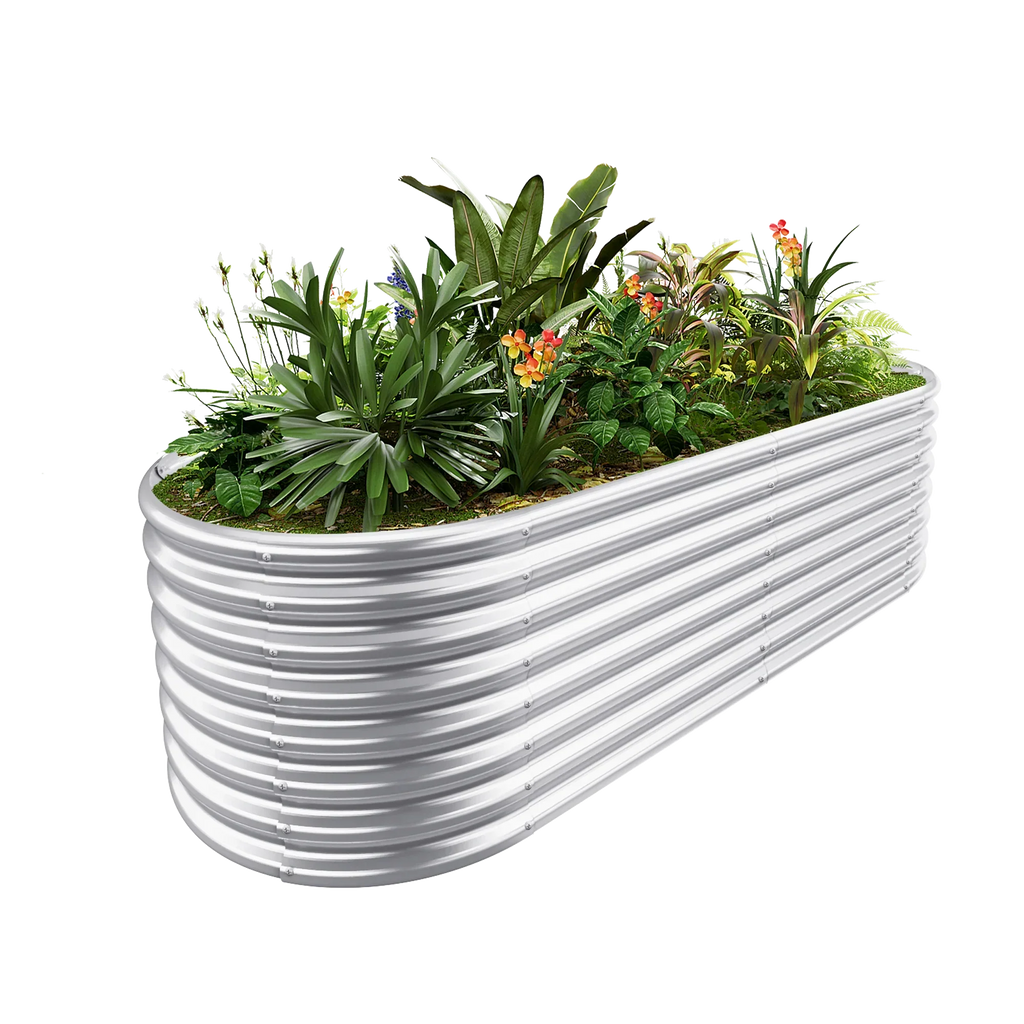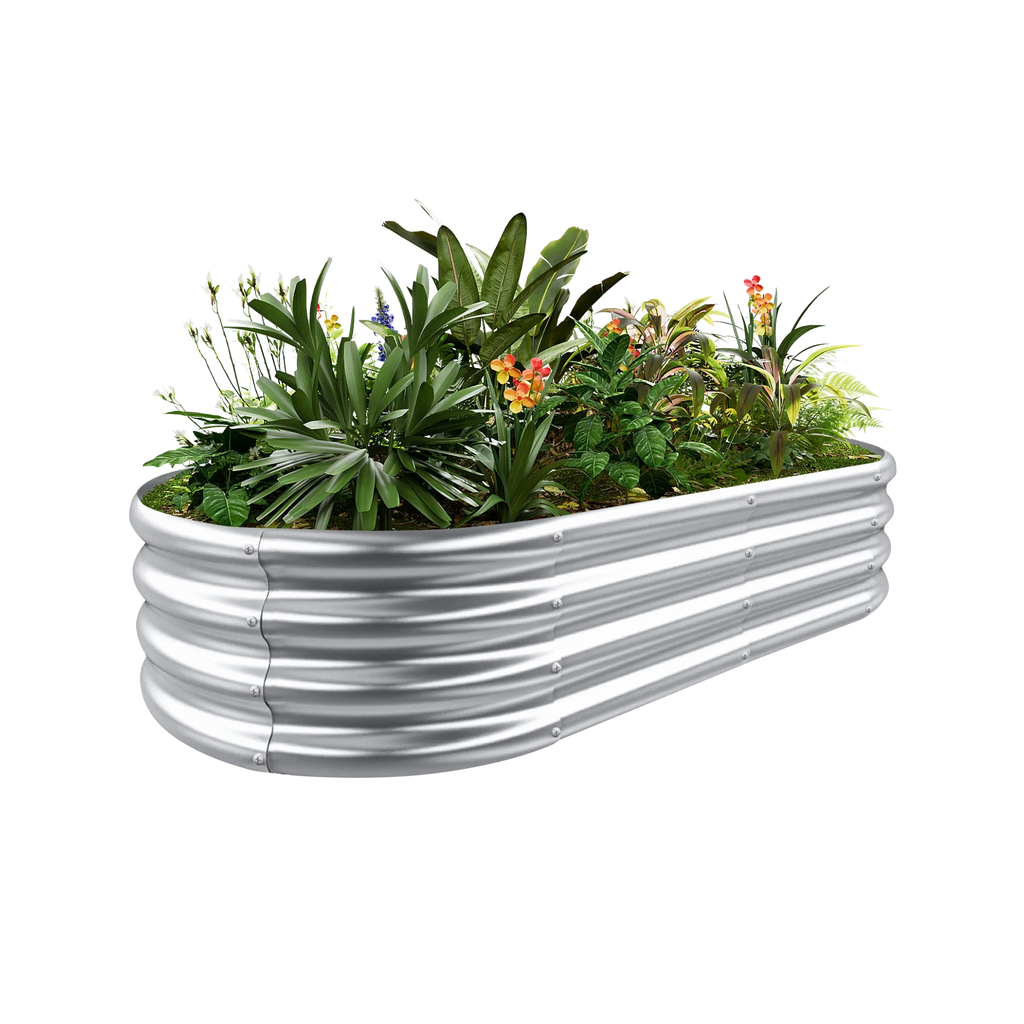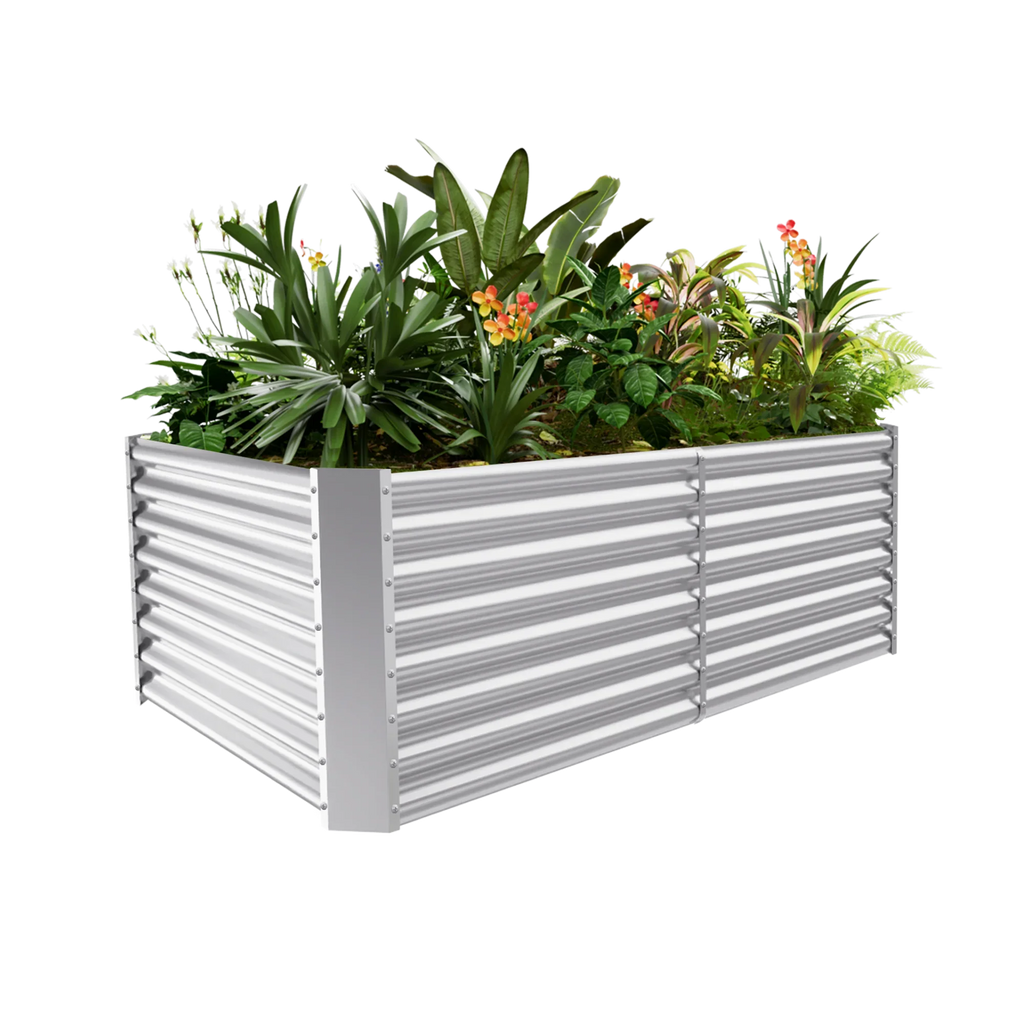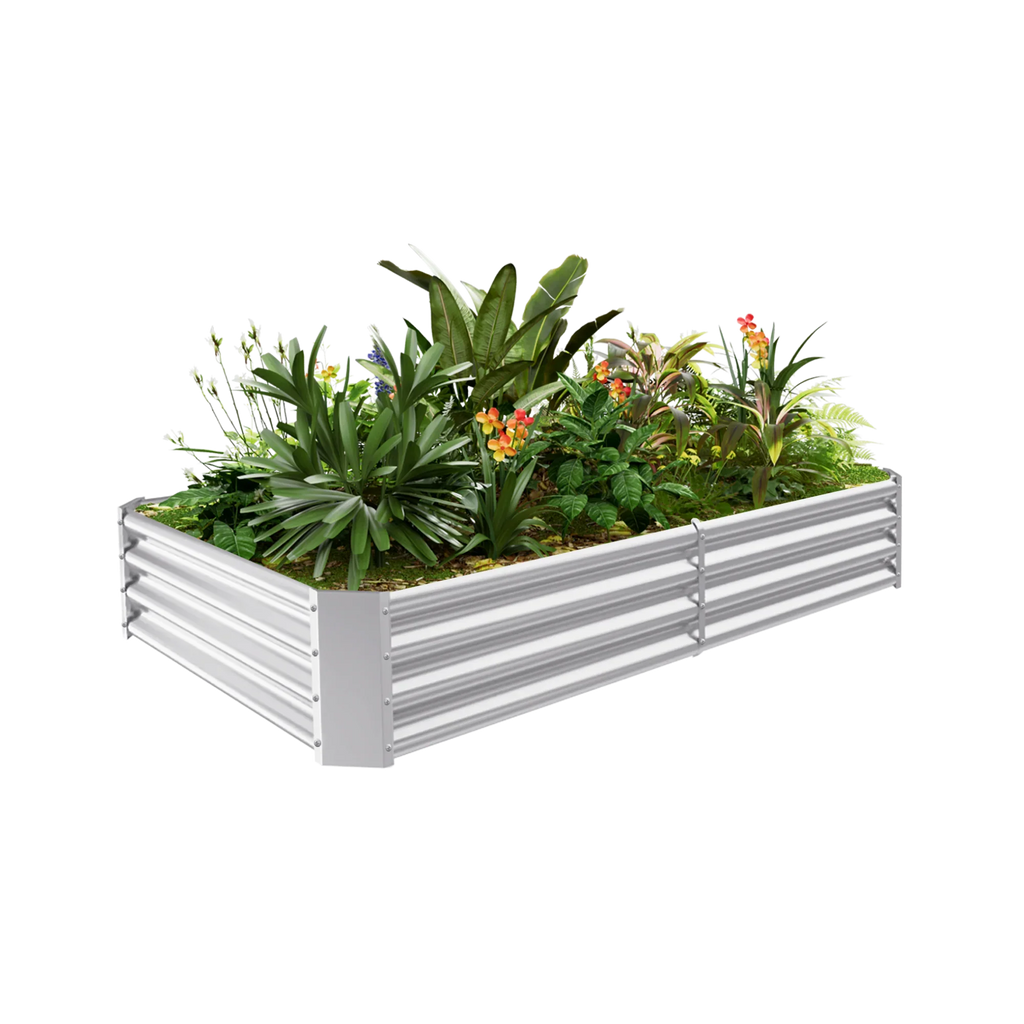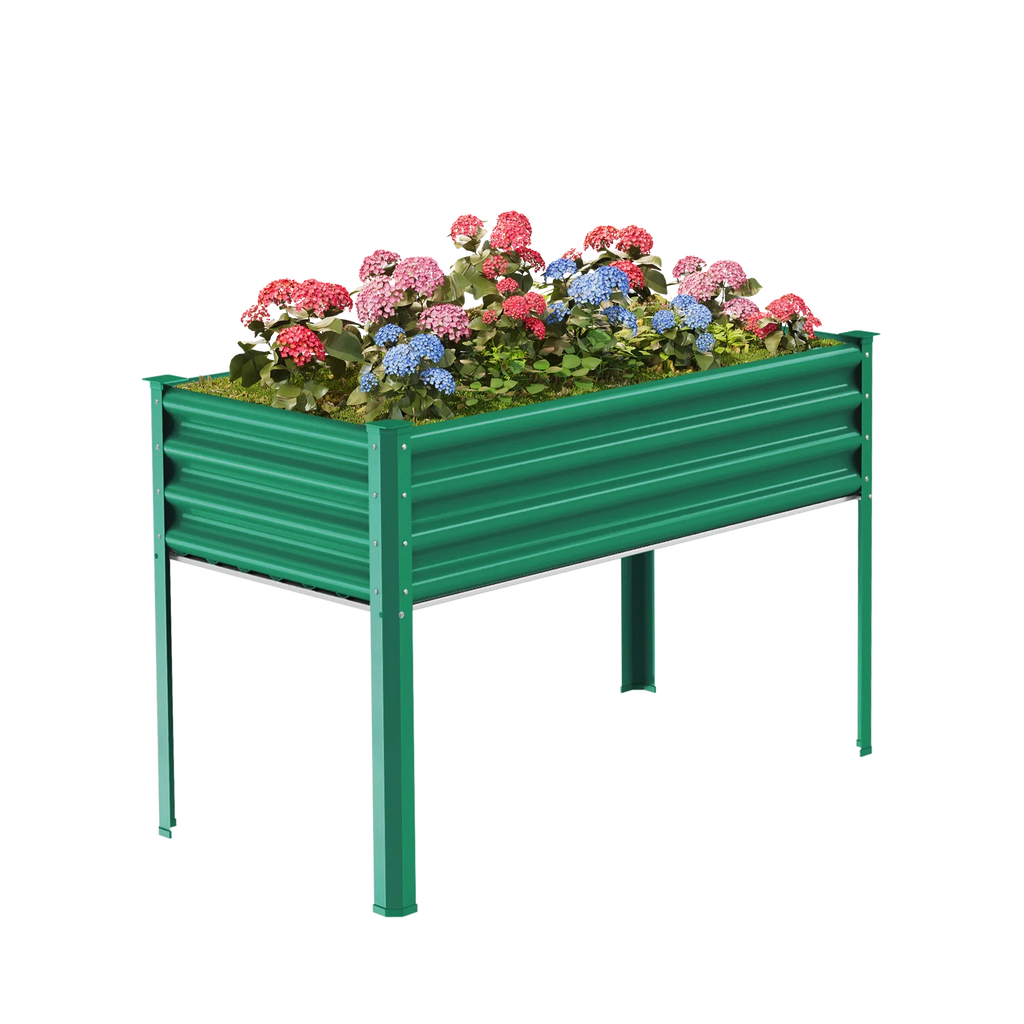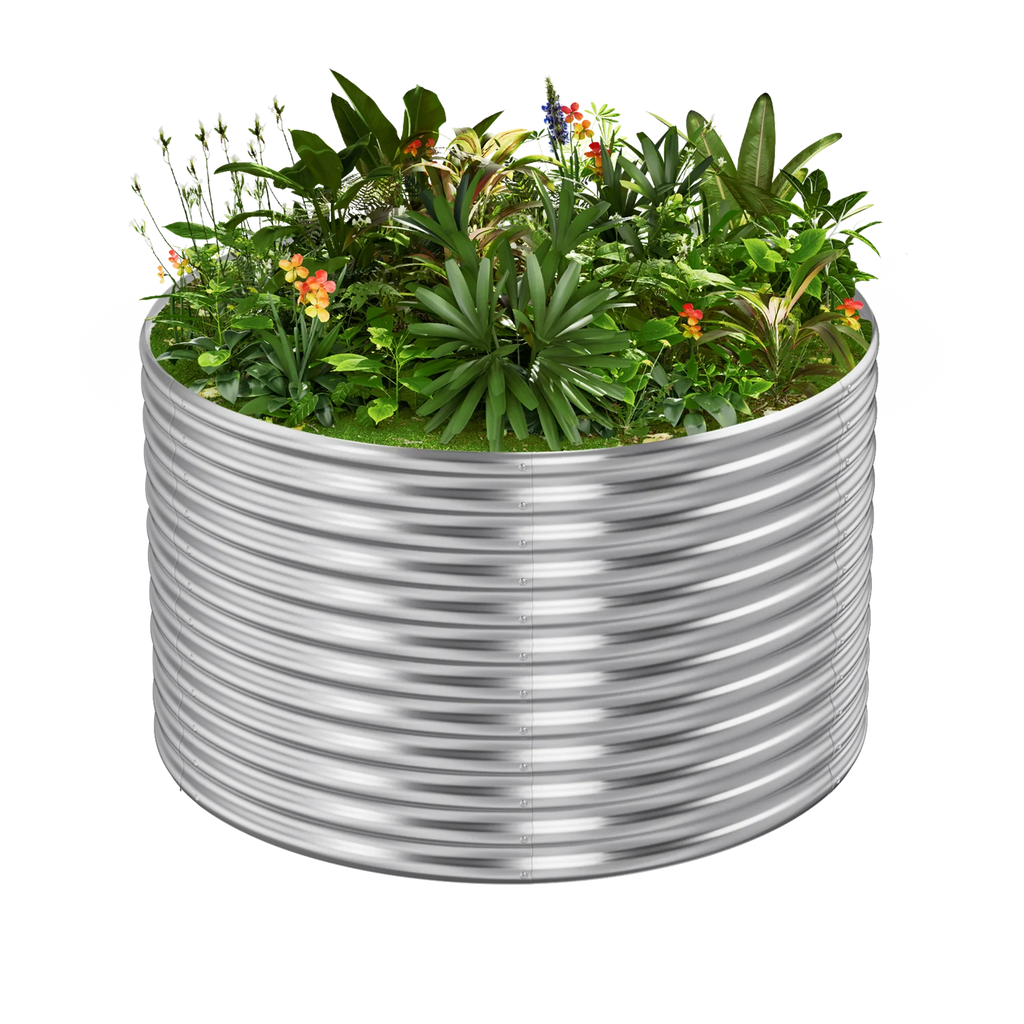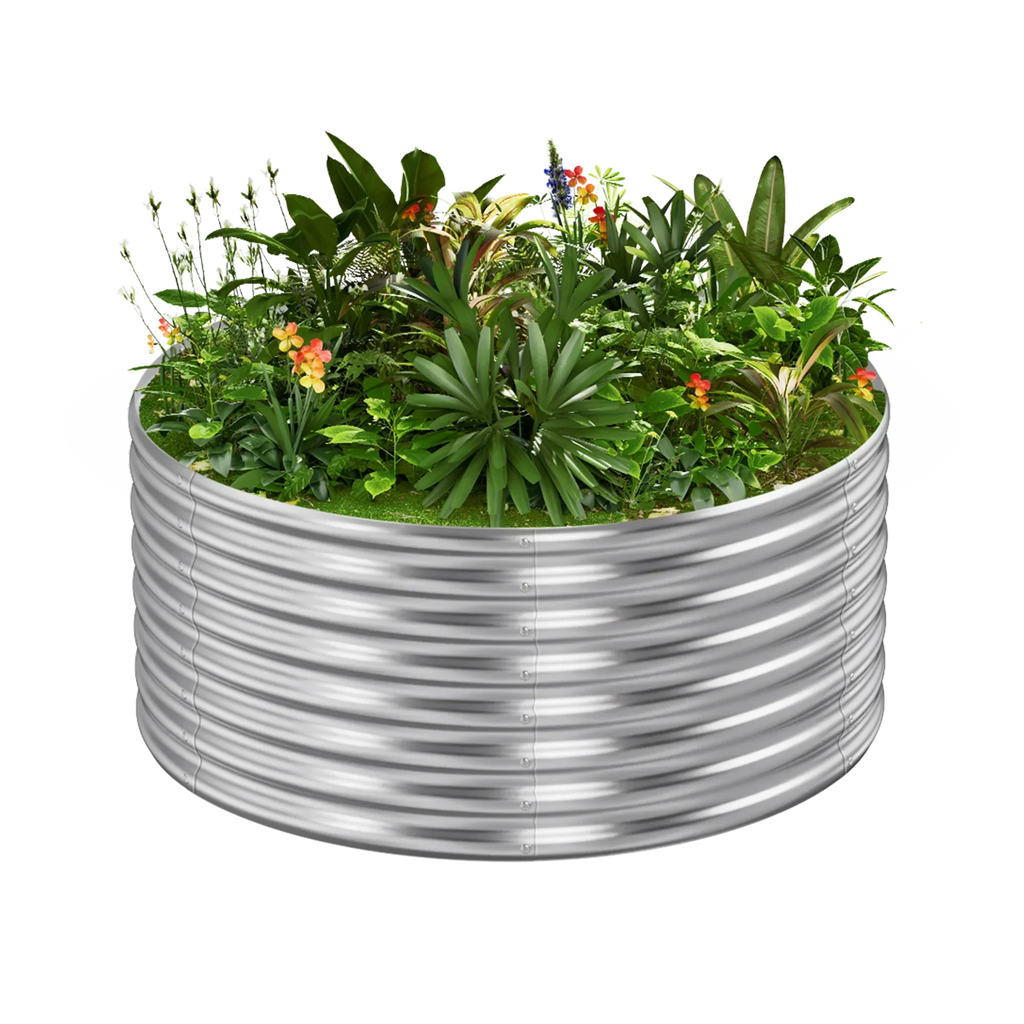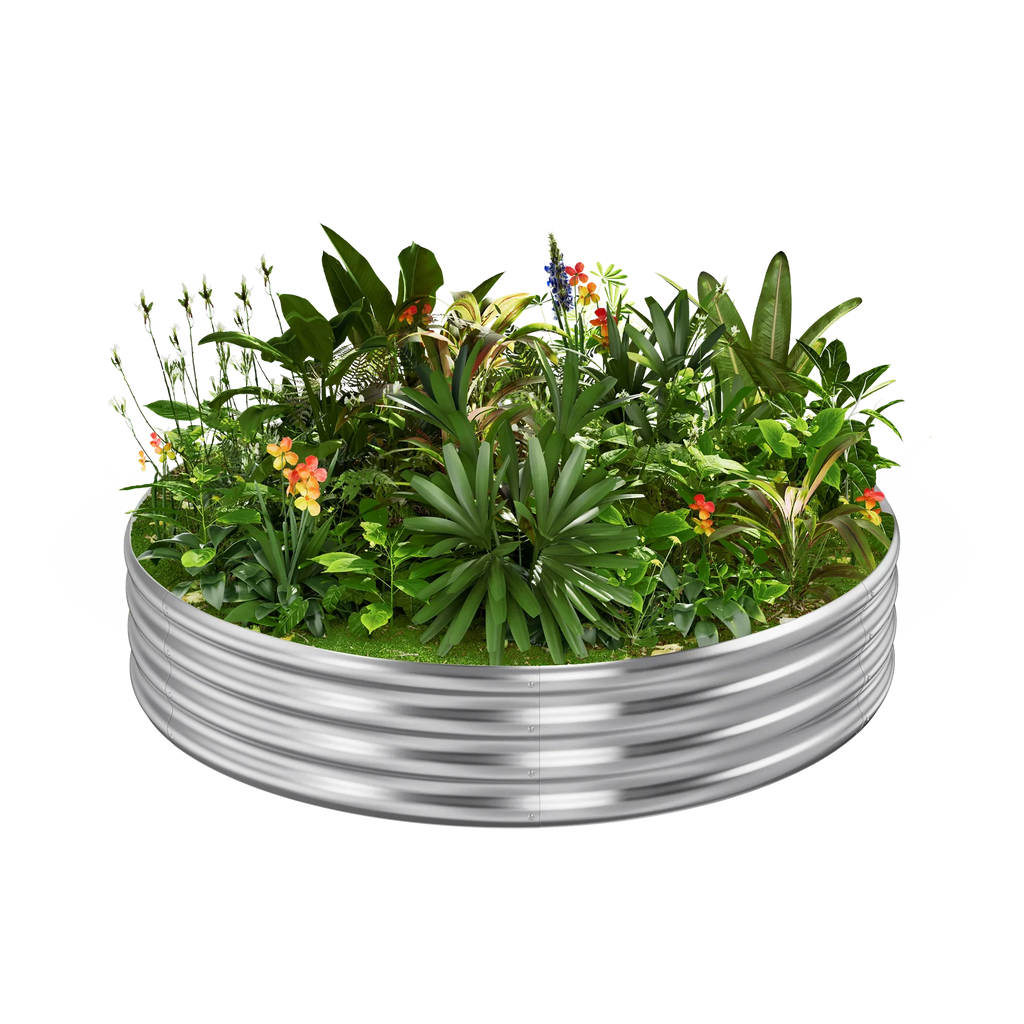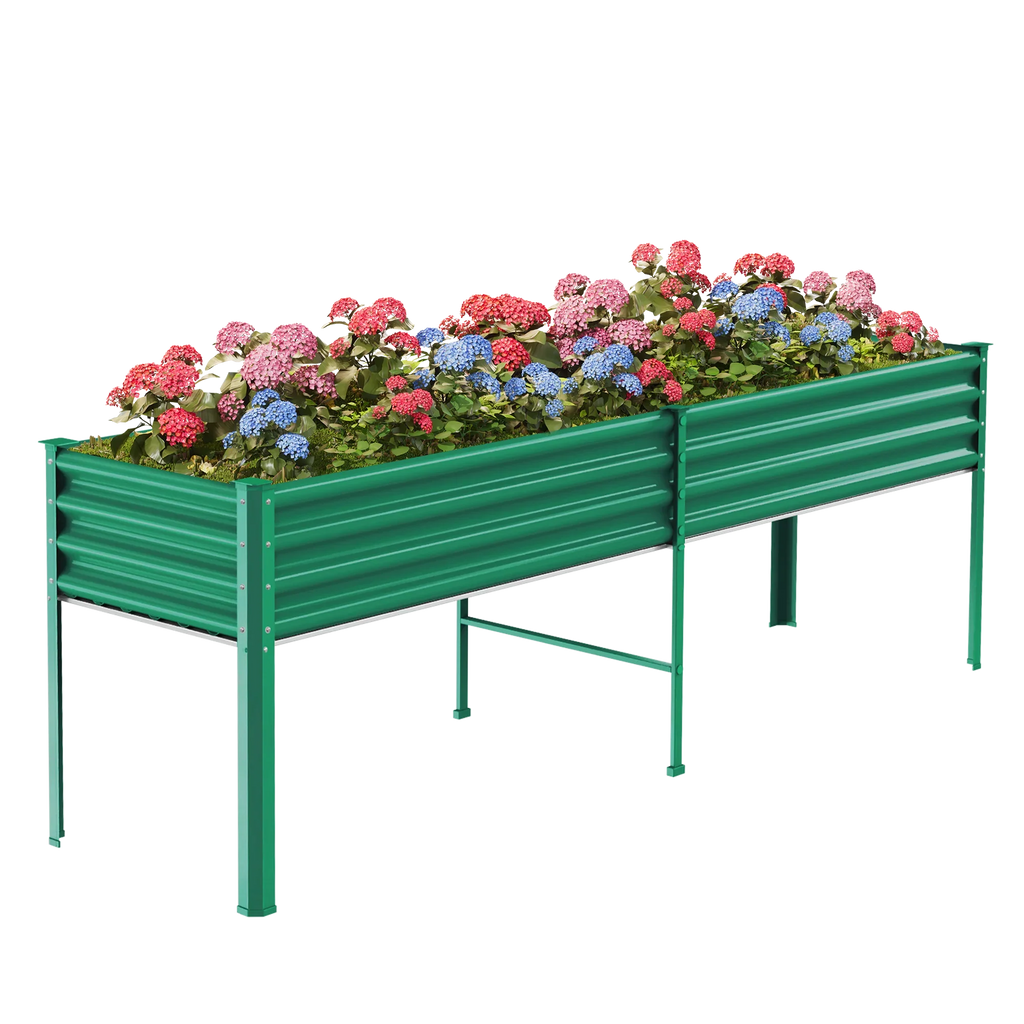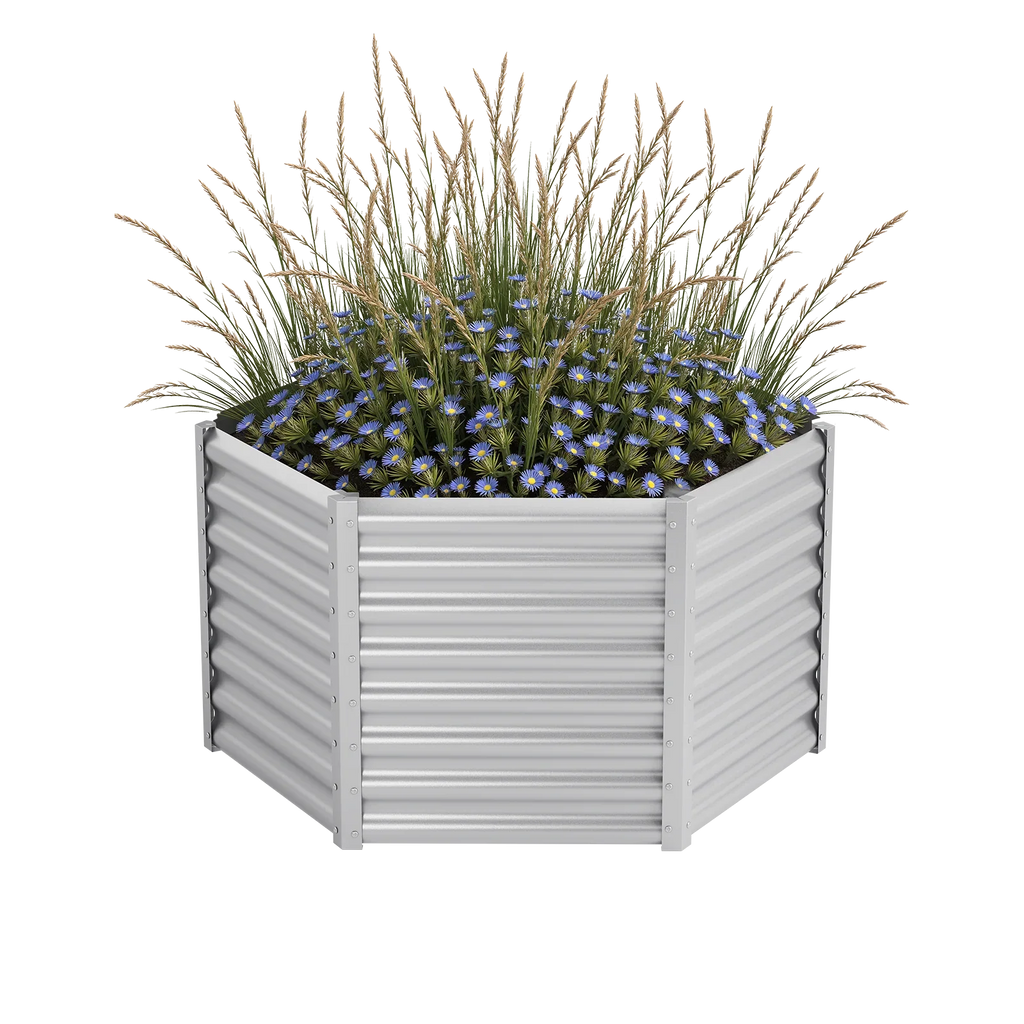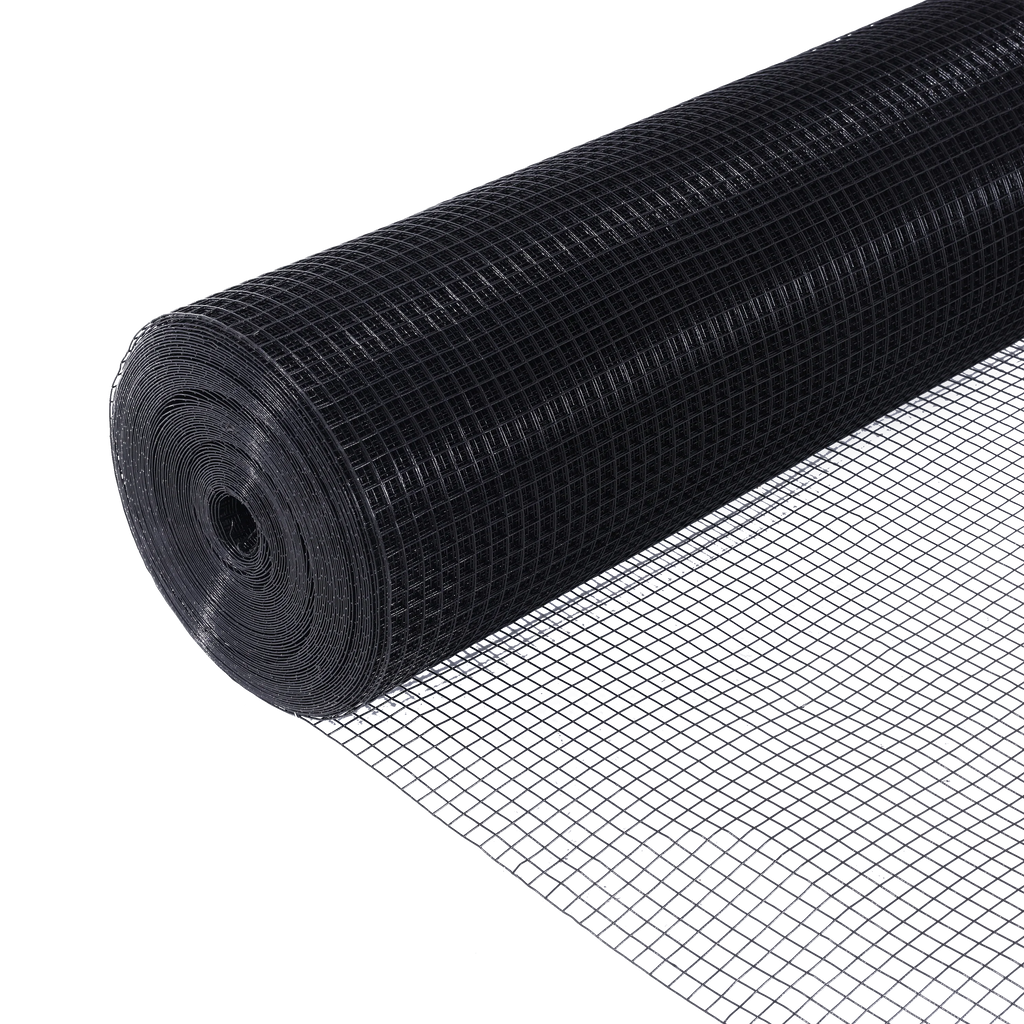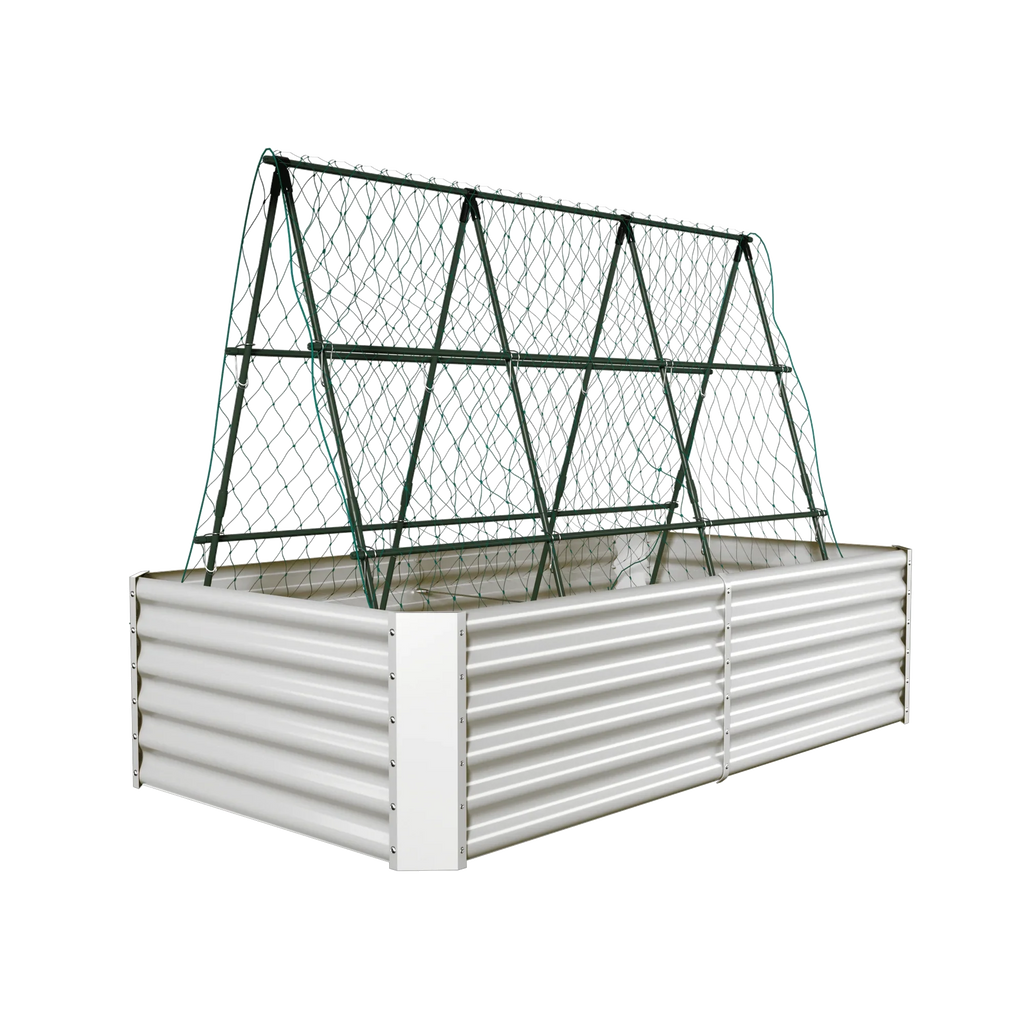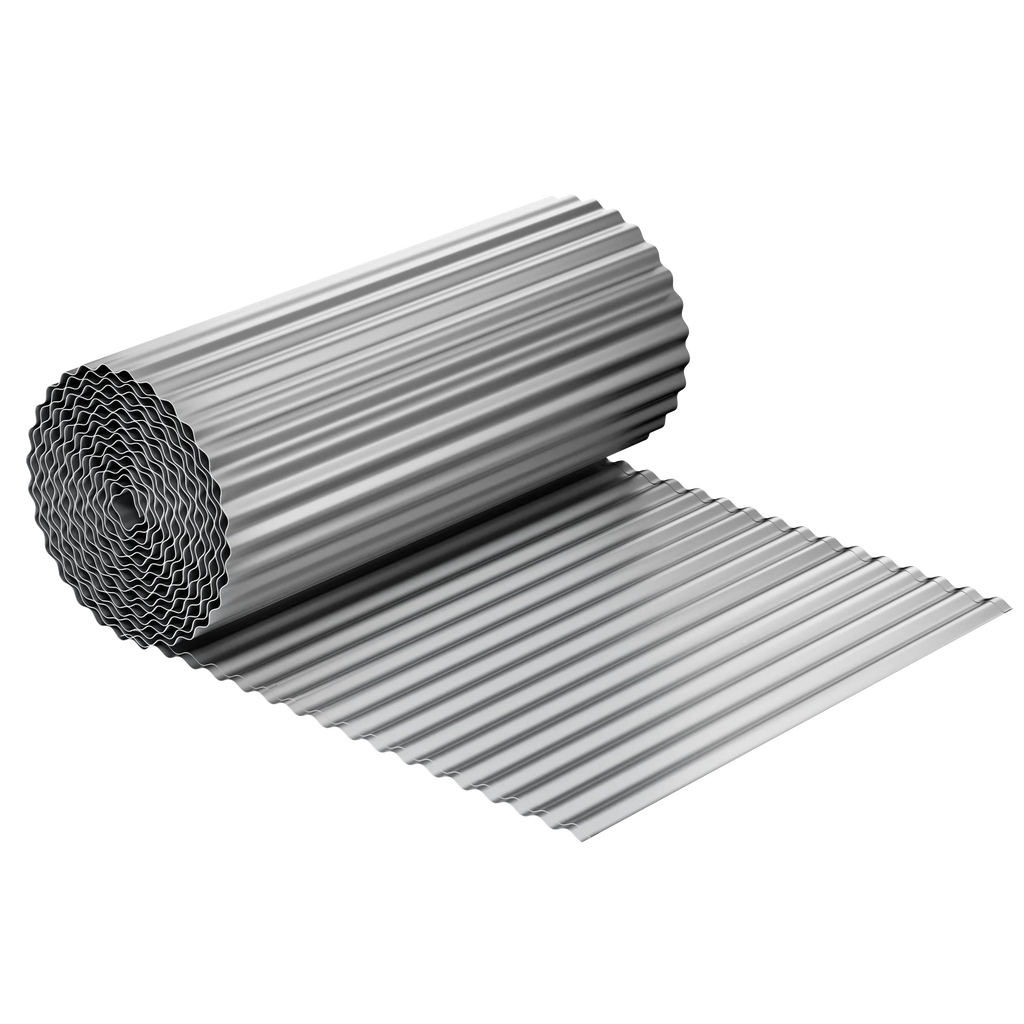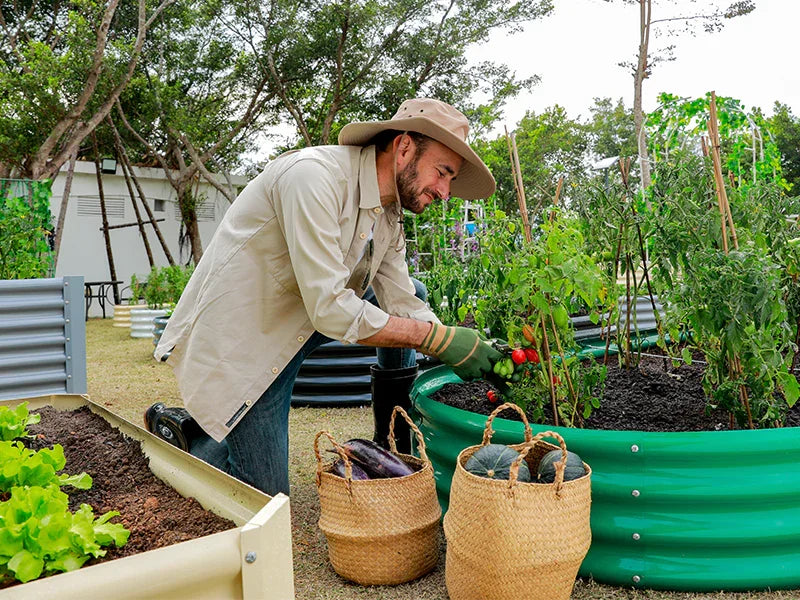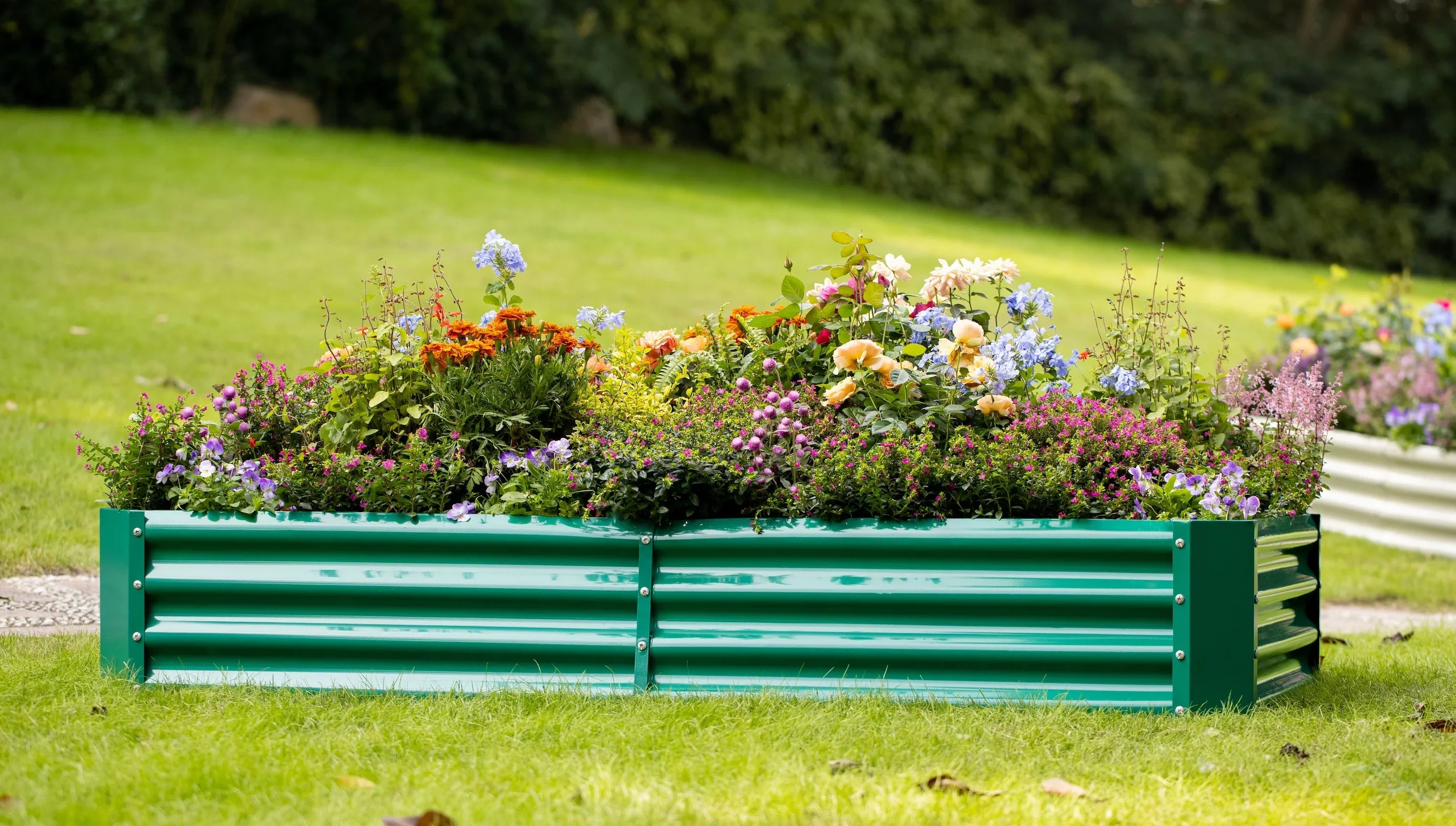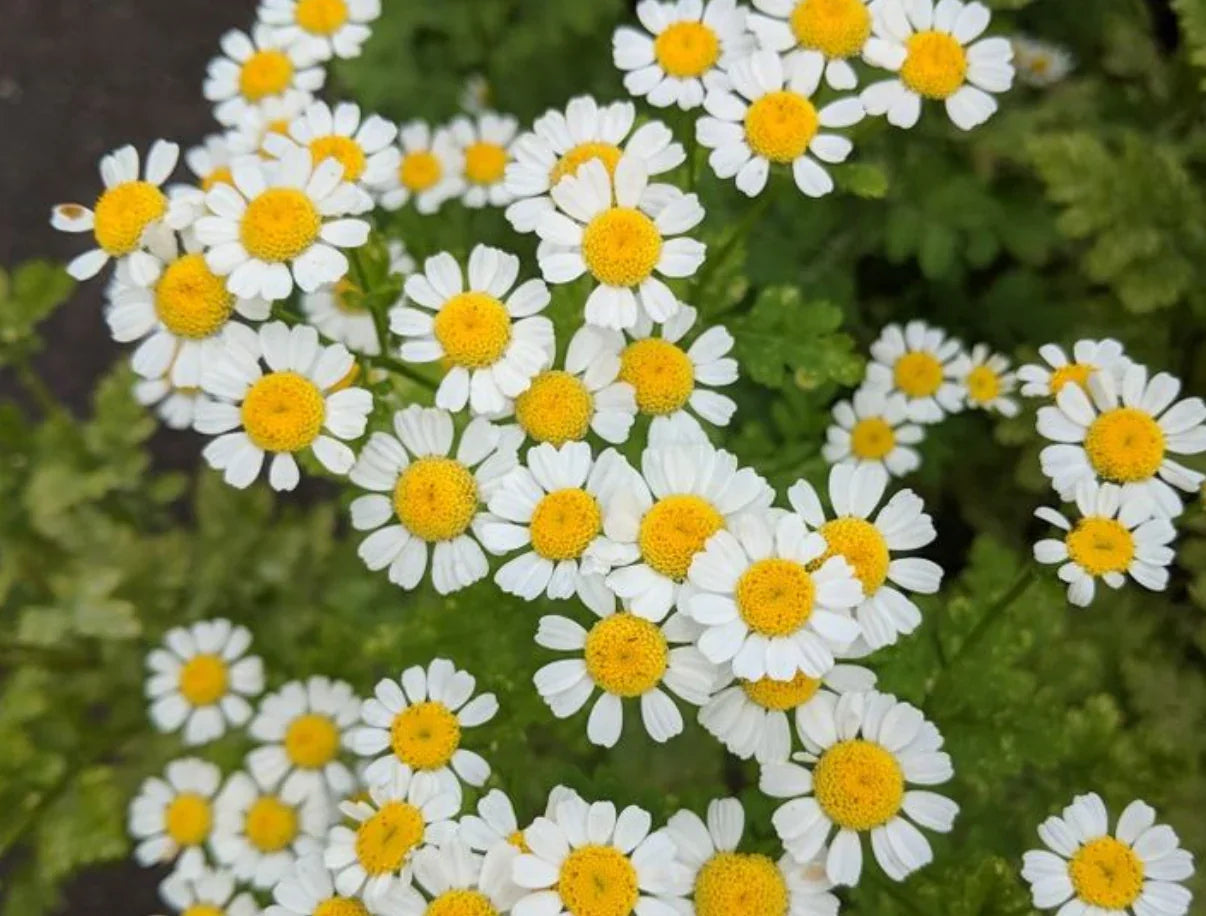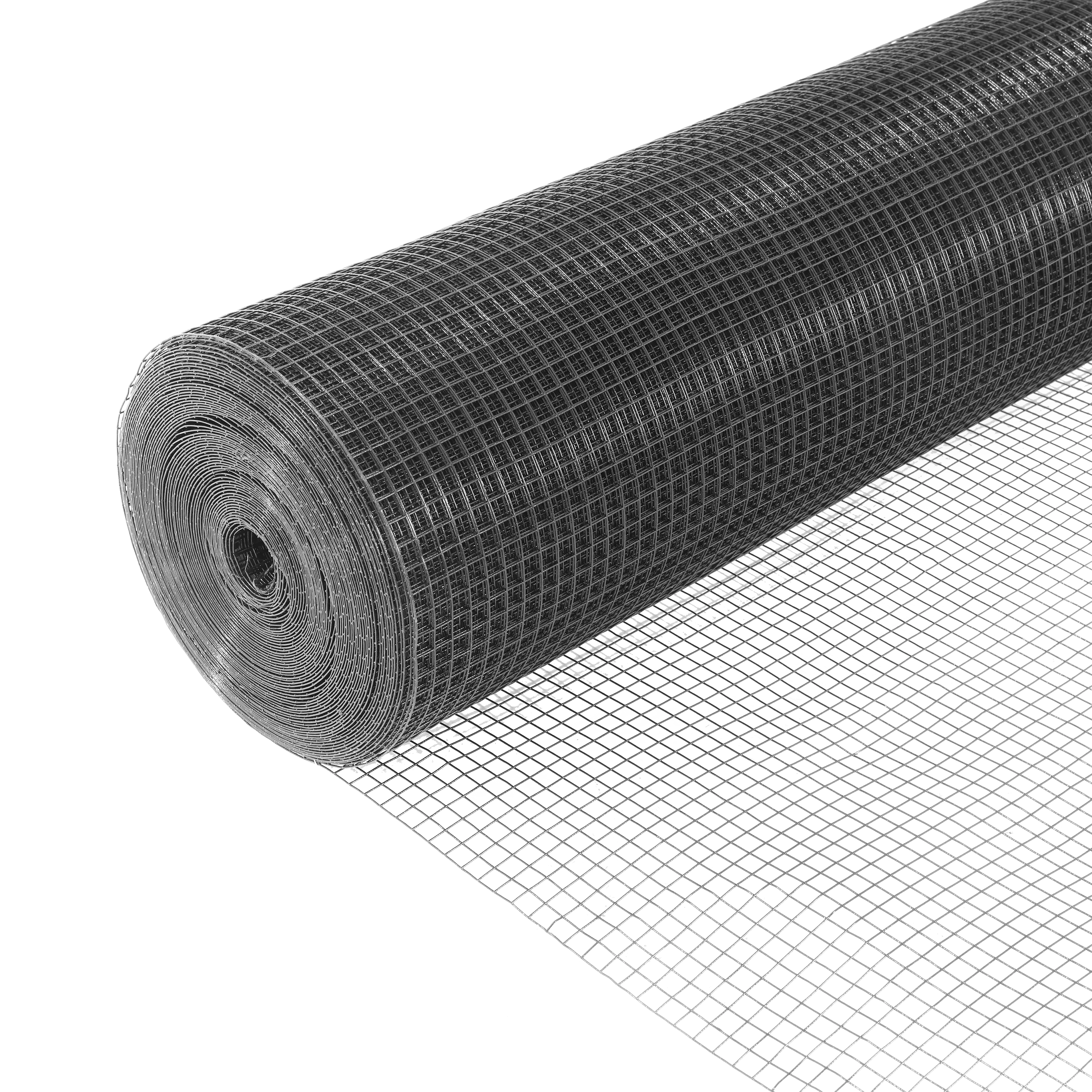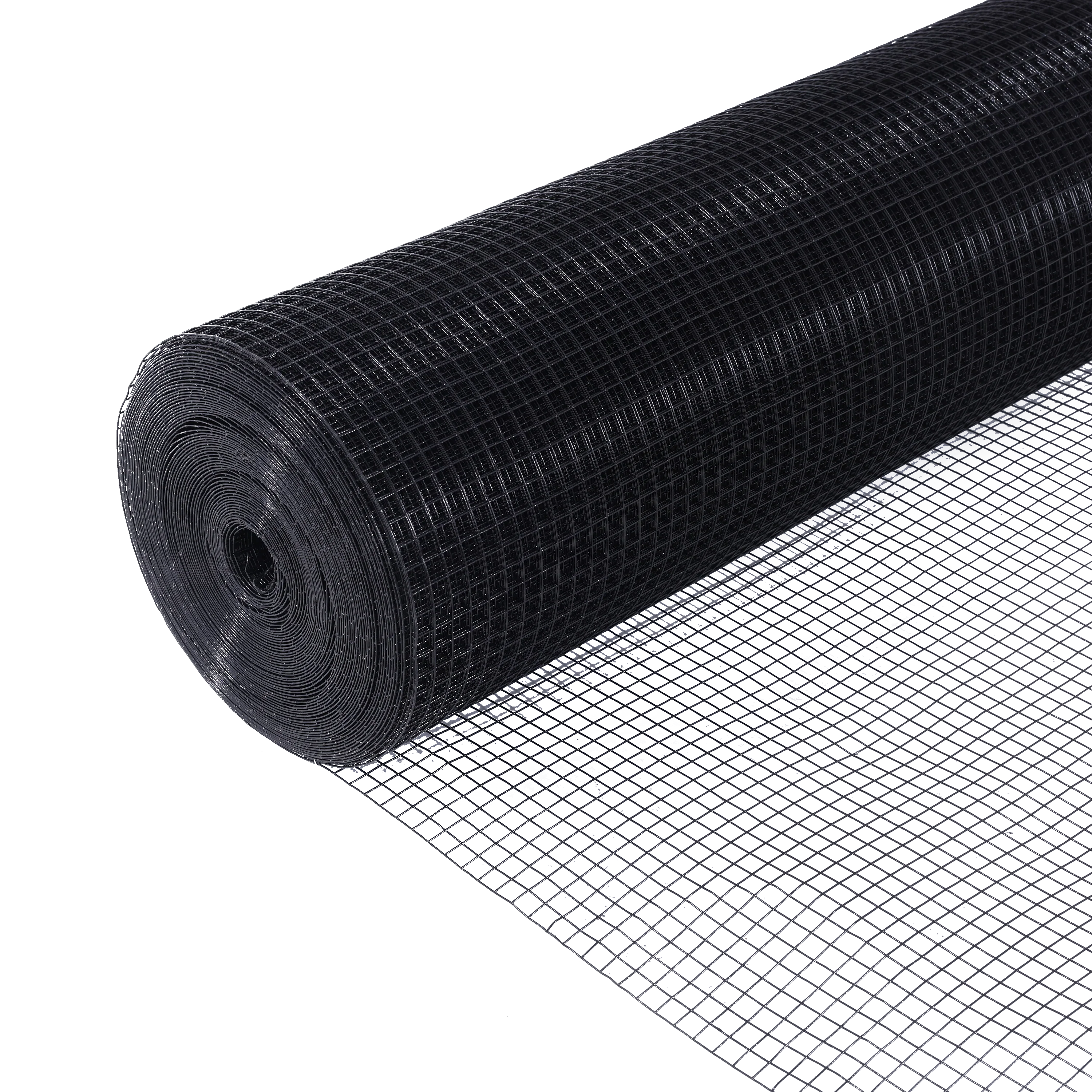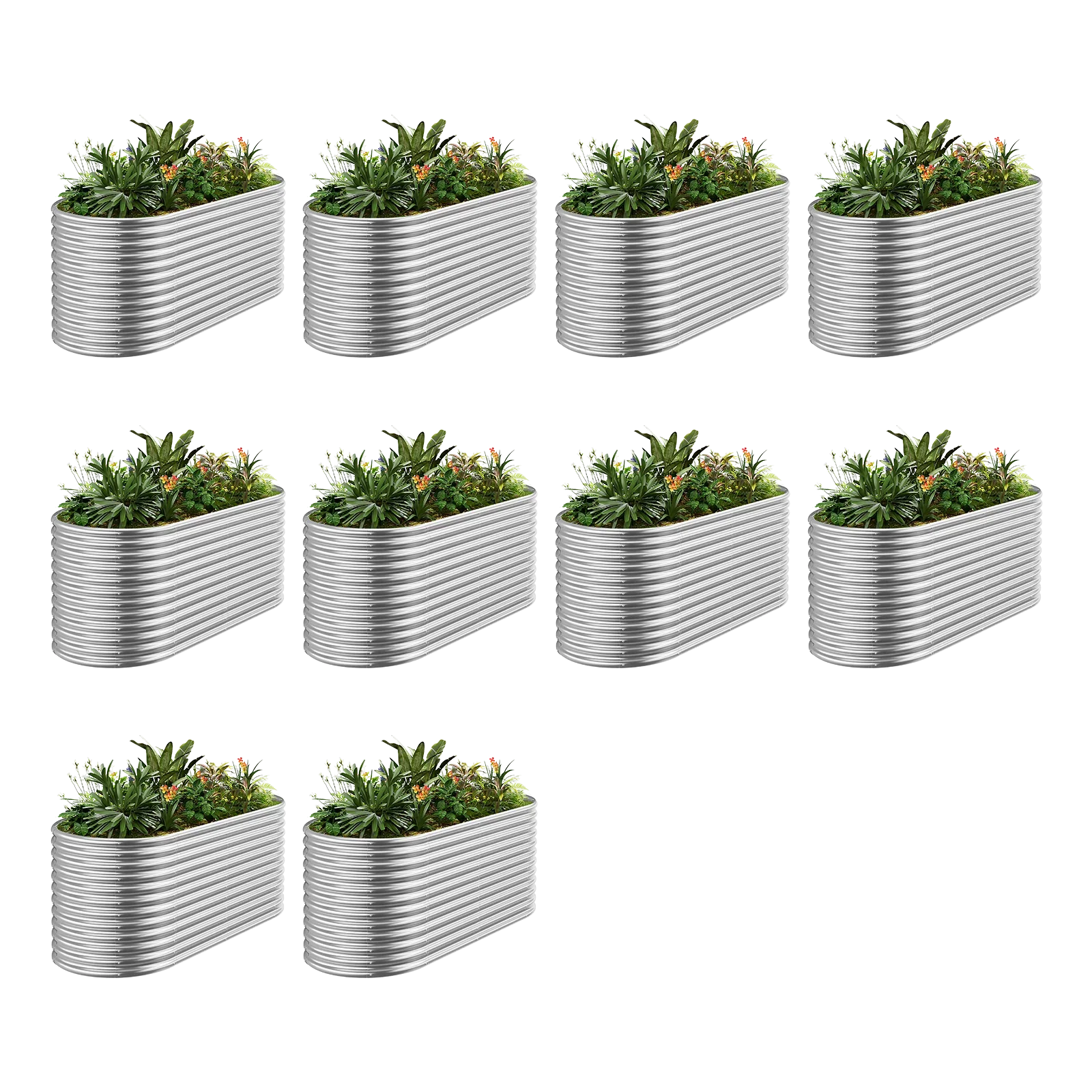Master the fundamentals for a greener, more vibrant garden.
Gardening is an enriching activity that connects us with nature, beautifies our surroundings, and can even provide homegrown food. Whether you have a spacious backyard or a small balcony, understanding the core principles of plant care is the first step toward success.
This comprehensive guide from Landguard provides essential planting tips to help both novice and experienced gardeners cultivate healthier plants and create their ideal green space.
I. Soil Selection and Preparation: The Foundation of Growth
The foundation of any successful garden is its soil. Choosing the right soil type is critical for plant health. Most plants require well-draining, fertile soil rich in organic matter.
-
Tip: Conduct a soil test to determine its pH and composition. This allows you to amend it accurately.
-
For Nutrient-Rich Soil: Incorporate compost, well-rotted manure, or other organic matter to improve soil structure and fertility.
-
For Drainage: If your soil is heavy clay, add perlite, vermiculite, or coarse sand to enhance drainage.
-
For Moisture Retention: If your soil is too sandy, adding organic matter like compost or peat moss will help it retain water and nutrients.
Landguard promotes sustainable soil management, encouraging the use of organic compost to create a living, nutrient-rich foundation for your plants.
II. Light Requirements: Understanding Your Plant's Needs
Light is the energy source for all plants. Proper light exposure is non-negotiable for growth and flowering.
-
Full Sun Plants: Most flowering plants, vegetables (like tomatoes and peppers), and herbs require at least 6-8 hours of direct sunlight daily.
-
Partial Sun/Shade Plants: Many ornamentals, like hostas and hydrangeas, thrive in 3-6 hours of morning sun and afternoon shade.
-
Low-Light Plants: Species like snake plants and pothos can survive in indirect light, making them perfect for indoor spaces.
Landguard Tip: Observe your garden's light patterns throughout the day to match each plant with its perfect spot. Don't hesitate to move potted plants to optimize their light intake.
III. Watering Wisdom: The Art of Hydration
Watering is often where gardeners struggle most. The key is deep, infrequent watering rather than frequent sprinkling.
-
The Finger Test: The best way to check moisture is to insert your finger about an inch into the soil. If it's dry, it's time to water.
-
Water Deeply: Water thoroughly until it runs out of the drainage holes. This encourages roots to grow deeper, making plants more drought-resistant.
-
Morning Watering: Water early in the morning. This allows leaves to dry out during the day, reducing the risk of fungal diseases that thrive in nighttime dampness.
-
Target the Roots: Avoid wetting the foliage. Water directly at the base of the plant to deliver moisture where it's needed most.
Landguard's smart watering solutions can help automate this process, ensuring your plants get the right amount of water at the optimal time.
IV. Fertilization: Fuel for Growth
Plants deplete nutrients from the soil as they grow. Regular fertilization replenishes these essential elements.
-
NPK Ratio: Understand the N-P-K numbers on fertilizer packages (Nitrogen for foliage, Phosphorus for roots and flowers, Potassium for overall health).
-
Organic vs. Synthetic: Organic fertilizers (e.g., fish emulsion, bone meal) release nutrients slowly and improve soil health. Synthetic fertilizers offer a quick, targeted nutrient boost.
-
Seasonal Feeding: Feed plants during their active growing season (typically spring and summer). Reduce or stop fertilizing in fall and winter when growth slows down.
Landguard Advocates for a balanced approach, using organic fertilizers to build long-term soil health and planet-friendly practices.
V. Temperature and Climate Considerations
Plants have specific temperature ranges where they grow best.
-
Know Your Hardiness Zone: Understand your USDA Hardiness Zone to select plants that can survive your local winter temperatures.
-
Protection from Extremes: Use mulch to insulate roots from both summer heat and winter cold. Be prepared to cover tender plants or bring containers indoors during unexpected frosts.
-
Microclimates: Your garden may have microclimates—a sun-baked wall, a shady corner under a tree. Use these to your advantage when placing plants.
VI. Advanced Tips for the Discerning Gardener
Elevate your gardening game with these professional strategies:
-
Companion Planting: Grow certain plants together to deter pests, attract beneficial insects, and enhance growth. For example, plant basil near tomatoes to help repel pests.
-
Mulching: Apply a 2-3 inch layer of organic mulch (wood chips, straw, bark) around plants. This conserves moisture, suppresses weeds, and regulates soil temperature.
-
Regular Pruning: Prune dead or overgrown branches and spent flowers (deadheading) to encourage new growth, improve air circulation, and maintain plant shape.
-
Preventative Pest & Disease Control: Inspect plants regularly for early signs of trouble. Encourage beneficial insects like ladybugs and use organic, targeted treatments like neem oil or insecticidal soap as a first response.
VII. The Landguard Philosophy: Smart, Sustainable Gardening
At Landguard, we believe in gardening in harmony with nature. Our philosophy is built on three pillars:
-
Smart Technology: Using innovative tools, like soil moisture sensors and automated watering systems, to garden more efficiently and conserve resources.
-
Sustainable Practices: Choosing organic amendments, conserving water, and supporting local biodiversity by planting pollinator-friendly flowers.
-
Right Plant, Right Place: Selecting native and climate-appropriate plants that naturally thrive in your environment with less water, fertilizer, and effort.
By embracing these principles, you create a resilient garden ecosystem that is beautiful, productive, and kinder to the planet.
Conclusion
Successful gardening is a journey of continuous learning and observation. By mastering these fundamental tips—nurturing your soil, providing appropriate light and water, and feeding your plants correctly—you lay the groundwork for a spectacular garden.
Remember, every plant is a living entity with its own needs. Pay attention to its signals, and it will tell you what it requires.
What are your biggest gardening challenges? Share your experiences and questions in the comments below!






